Cerioporus squamosus
Scientific name: Cerioporus squamosus (Huds.) Quél.
Derivation of name: Meaning of Cerioporus TBD;
squamosus means "scaly."
Synonymy: Polyporus squamosus (Huds.) Fr.;
Boletus squamosus Huds.
Common names: Dryad's saddle; Pheasant's-back polypore.
Phylum: Basidiomycota
Order: Polyporales
Family: Polyporaceae
Occurrence on wood substrate: Parasitic and saprobic;
solitary to grouped or in overlapping clusters on living or
dead trunks of deciduous trees or stumps and logs; May
through November.
Dimensions: Caps 6-40 cm wide; stipes 2.5-9 cm long and
1-4 cm thick, stublike, lateral or eccentric, black at the
base.
Upper surface: Creamy white to pale yellow or yellow-
brown background color with large, flattened, concentrically
arranged reddish-brown to blackish-brown scales.
Pore surface: White or yellowish; pores angular, large
(0.25-1 per mm), tubes decurrent on stipe.
Edibility: Edible when young.
Comments: The flesh of this fungus smells like watermelon
rind.
More information at MushroomExpert.com:
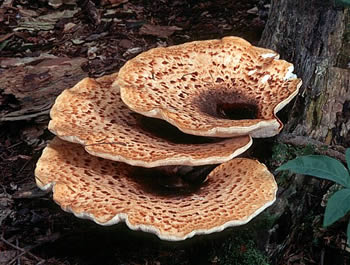
Figure 1.
A very characteristic example of the pheasant's-
back polypore. Photo © Pam Kaminski.
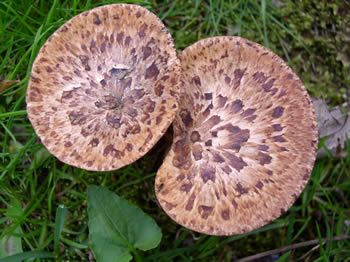
Figure 2. Note the prominent flattened scales.
Photo © Dorothy Smullen.
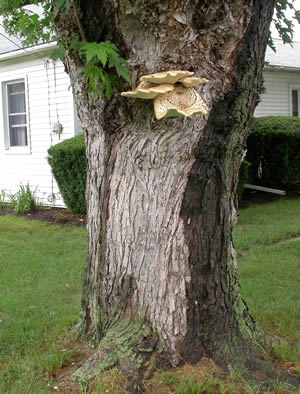
Figure 3.
Dryad's saddle on a living silver maple tree
(Acer saccarinum) giving evidence of it's parasitic ability.
Photo © Gary Emberger.
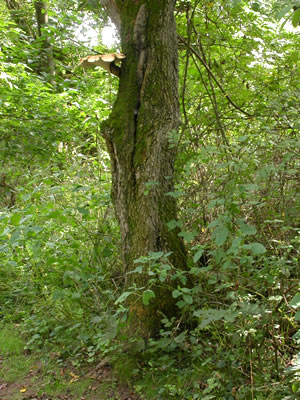
Figure 4. Solitary specimen of Dryad's saddle.
Photo ©
Gary Emberger.
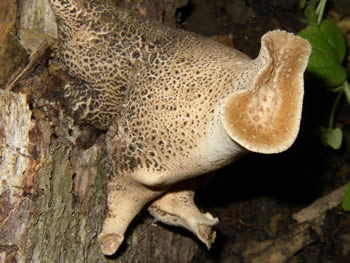
Figure 5. If you came upon this on a tree would you guess
it
was Dryad's saddle? Its identity became obvious when it
matured. Photo © Cathy Cholmeley-Jones.
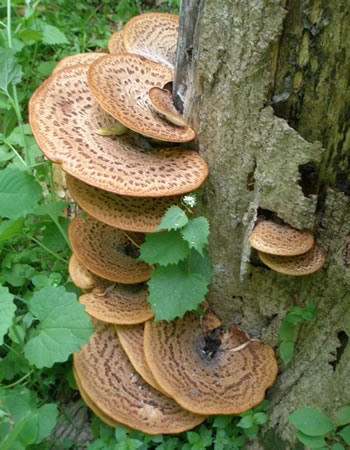
Figure 6. Overlapping clusters of Cerioporus squamosus.
Photo © John Dawson.
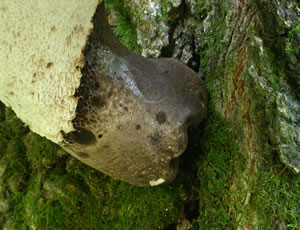
Figure 7. In Dryad's saddle, the base of the stipe is
typically black.
This is the stipe base of the specimen
viewed in Figure 4. Photo © Gary Emberger.
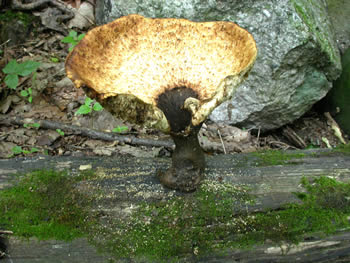
Figure 8. An unusually dark stipe. Cerioporus squamosus
stipes are not always this black and usually, the black or
brownish black coloration is just at the base. See Figure 9.
Photo © Gary Emberger.
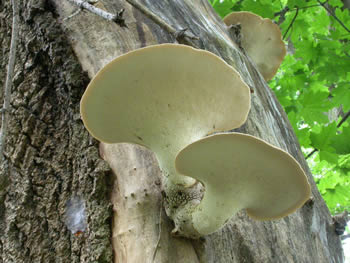
Figure 9. Pores are decurrent on the lateral to eccentric
stipes. Only the very bases of these stipes have some
darker
coloration. See Figures 7 and 8. Photo © Gary
Emberger.
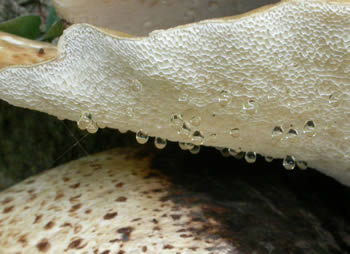
Figure 10. A number of polypores exude droplets of water
during development. I do not know what the significance of
this "dewatering" process is. Perhaps it's similar to guttation
which occurs with some plants under certain conditions.
Photo © Gary Emberger.
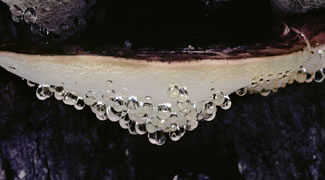
Figure 11. A striking example of dewatering.
Photo © Fred Habegger.
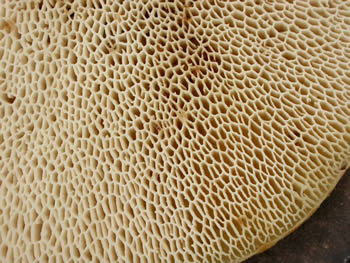
Figure 12. The pores are angular and can be quite large,
1-2.5 mm wide. Photo © Gary Emberger.
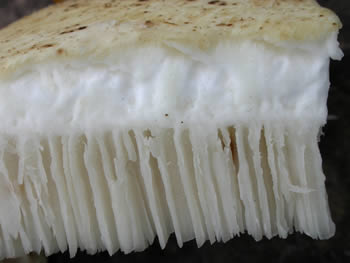
Figure 13. Note the white context and the long, prominent
tubes. The basidia, formed on the inside of the tubes, eject
basidiospores which fall out of the tube mouths (pores).
Photo © Gary Emberger.